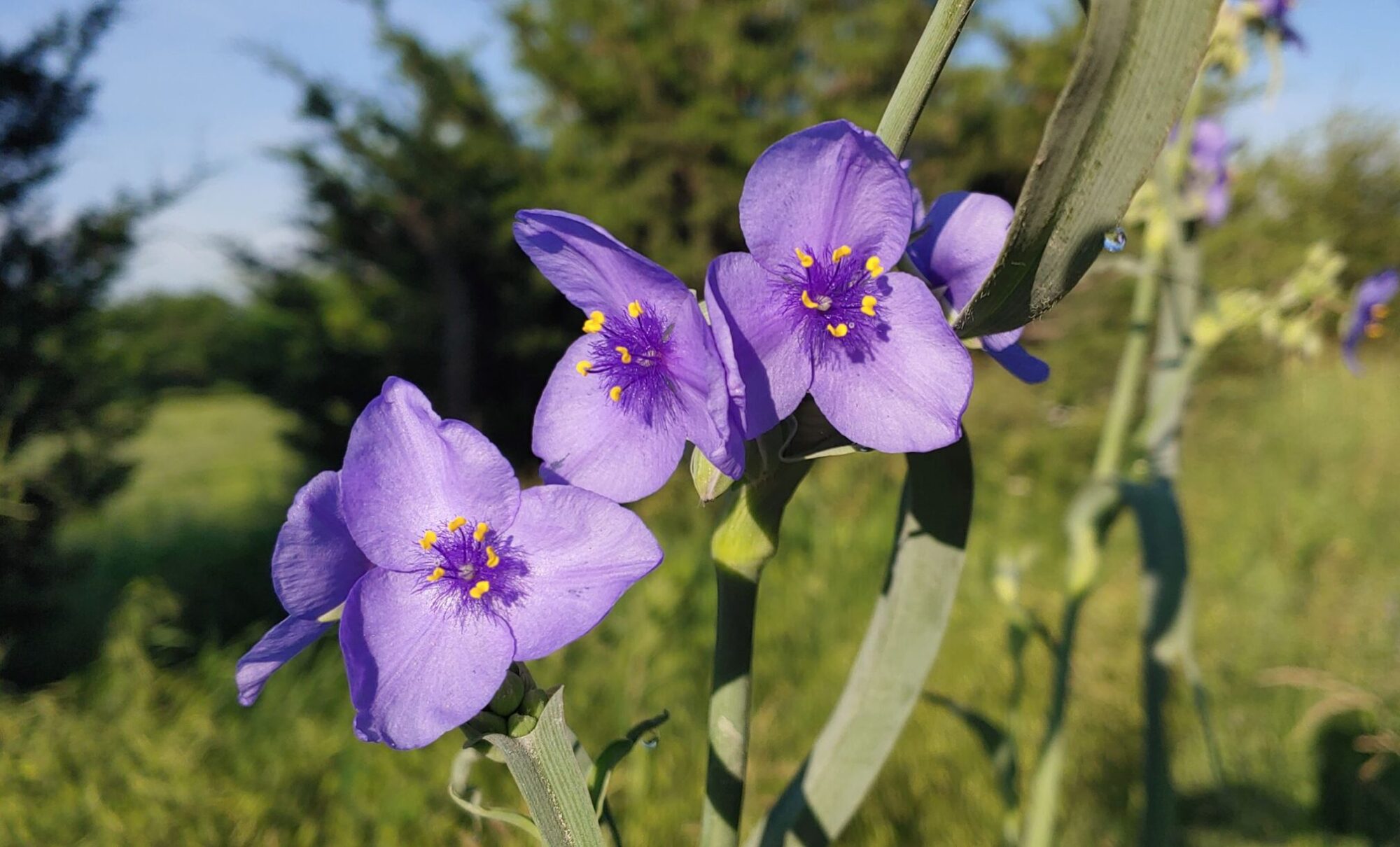It’s cold and flu season and using an herbal anti-viral can be an easy step in helping your body fend off an illness.

If something as easy as drinking tea can help, you’ll want to choose the best herbs for the job, right?
There’s a ton to choose from. Some are really tasty, others not so much. But everything is sweeter with honey, right?
I’m not going to tell you’ll be safe from a virus using an anti-viral herb, because herbs just don’t work that way. But I will tell you, that it will help support your body in fighting off a virus and if you do catch one, it can help your body fight it off.
It’s not a cure all, but it’s one more barrier between you and the virus.
What is an anti-viral or antimicrobial herb?
An anti-viral kills or inhibits the replication of a virus. An antimicrobial is something that kills microorganisms. Microorganisms includes bacteria, virus and fungus. They’re the heavy hitters, not harsh, just tough.
Herbs aren’t like the drugs of modern medicine. You don’t just take this herb for that problem. What may work for one person, may not work for another.
So if the first one you try doesn’t work for you, find anther one. There are tons of anti-viral and antimicrobial herbs out there.
Here’s a list of 5 of my favorite, easy to find anti-viral or antimicrobial herbs.
This list of herbs are ones you can find really easy. That makes it super simple to use them as often as possible. Drinking 2-3 cups of tea a day is really the best way to use herbs in a preventative way.
1. The Elder Tree

One of the most popular anti-viral herbs is the elderberry. Actually the leaves, flowers and berries are all anti-viral, but generally the berries are what everyone knows. I wrote about making elderberry syrup here. This is great because kids like it and it’s easy to get it in them.
You can also make jam with the berries. I haven’t done that yet, but it sounds good. I kinda think with all the sugar added to the jam, while it would taste good, might negate some of the benefit….but maybe not. Who knows.
2. Lemon Balm
This is another one of my favorites. I put this in a lot of my teas because of its benefits and because I think it tastes good. It’s also a relaxant so I love that extra benefit too.

It’s super simple to grow. It’s part of the mint family so you probably want to plant it in a container or it will eventually take over your yard. I wrote a whole article about lemon balm here, if you’d like to know more. There’s some really cool folklore behind this herb.
3. Lavender

Lavender is an antimicrobial.
Lavender is great to cook with, like these Lavender Shortbread cookies and in all different sorts of tea. And it smells divine. But I’ve found a little goes a long way. Too much in your tea and that’s all you can taste. It can overwhelm if you’re not careful.
If you’d like more information about lavender, you can read about it here. It’s another one that has a ton of uses, so I hope you’ll check it out and find all kinds of ways to use it.
4. Rosemary

Yep, that’s right. The same stuff you have in your spice rack. Besides adding it to your favorite dish (I like it on my eggs), you can also drink it as a tea.
But you don’t have to drink it as a tea to get its antimicrobial benefits.
I’ve found most recipes call for a teaspoon of this or a half teaspoon of that. Try adding more than what it calls for. Though, you still want your recipe to taste good, I’ve found adding more than what it calls for can add more than just flavor. Just add small amounts at a time so you don’t overwhelm your food.
5. Thyme

Again, here’s another one from your spice rack. Who knew?
Thyme is another antimicrobial with an added benefit of being an expectorant.
Lore says that in ancient times soldiers drank it as a tea and used in their bath before going to war to increase their bravery and courage.
I have to admit it wasn’t too long ago that I actually tried these kitchen herbs like a tea. And I got to say, I was kind of surprised that I liked them. I didn’t expect that. Putting them in food is one thing, but you just never think of drinking them like a tea.
Get your anti-viral brew started.
Have a couple cups of tea a day or a good long soak with a bundle of herbs in your bath (or even pour a strong brew of tea in your bath) or just cook with them, or better yet a combination of these. Any of these methods will work to support your body in fighting against a virus.
Do you have any herbs you use to help fight off colds and flus? If you do, share them in the comments.
These are just my favorite, I’d love to know yours.
Subscribe and like if you liked the information here today. And I’ll talk to you again soon.
Until then –
Health, Wealth & Blessings ~Tracey
Disclaimer: These statements have not been evaluated by the Food and Drug Administration. This article is not intended to diagnose, treat, cure, or prevent any disease or illness. It is for educational purposes only. Please do your own research to find what is best for you and your family.



























